Asparagus has been consumed for over 2000 years, but it was only in the 18th Century that it made its way to local markets and became common in cuisine, before then it was service in the royal courts of Europe. But the good news is that it is surprisingly easy to grow, so with these tips you can be growing asparagus, that’s fit for royalty.
Growing
Asparagus can be grown from seed, but most commonly it is grown from ‘crowns’ which are one-year-old dormant plants. They are usually planted in March, but the crowns can be planted any time from autumn to spring. Growing best in an open and sunny or partially shaded site in any well-drained soil.
To plant these, dig a trench that is 30cm wide and 20cm deep, with some well-rotted manure, covered with some soil.
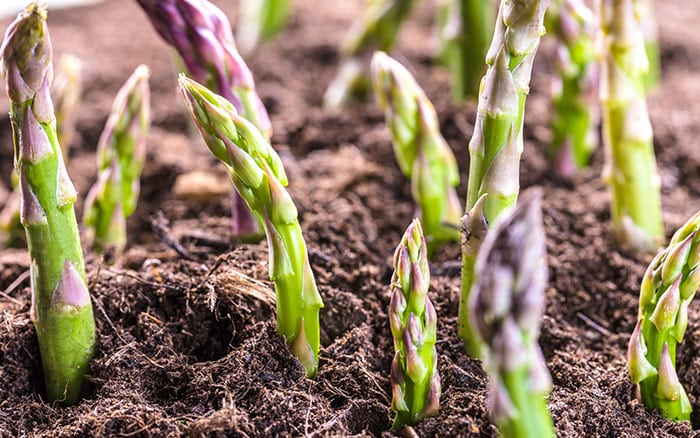
The crowns can then be placed, spaced around 30cm apart. Then pack them in with the rest of the soil so the bud tips are visible.
Once in place, water in well and mulch with organic matter.
Care tip
In spring, boost growth by applying a general fertiliser. Also, keep the area weed free by hand because using a hoe can disturb the shallow root system.
Harvesting asparagus
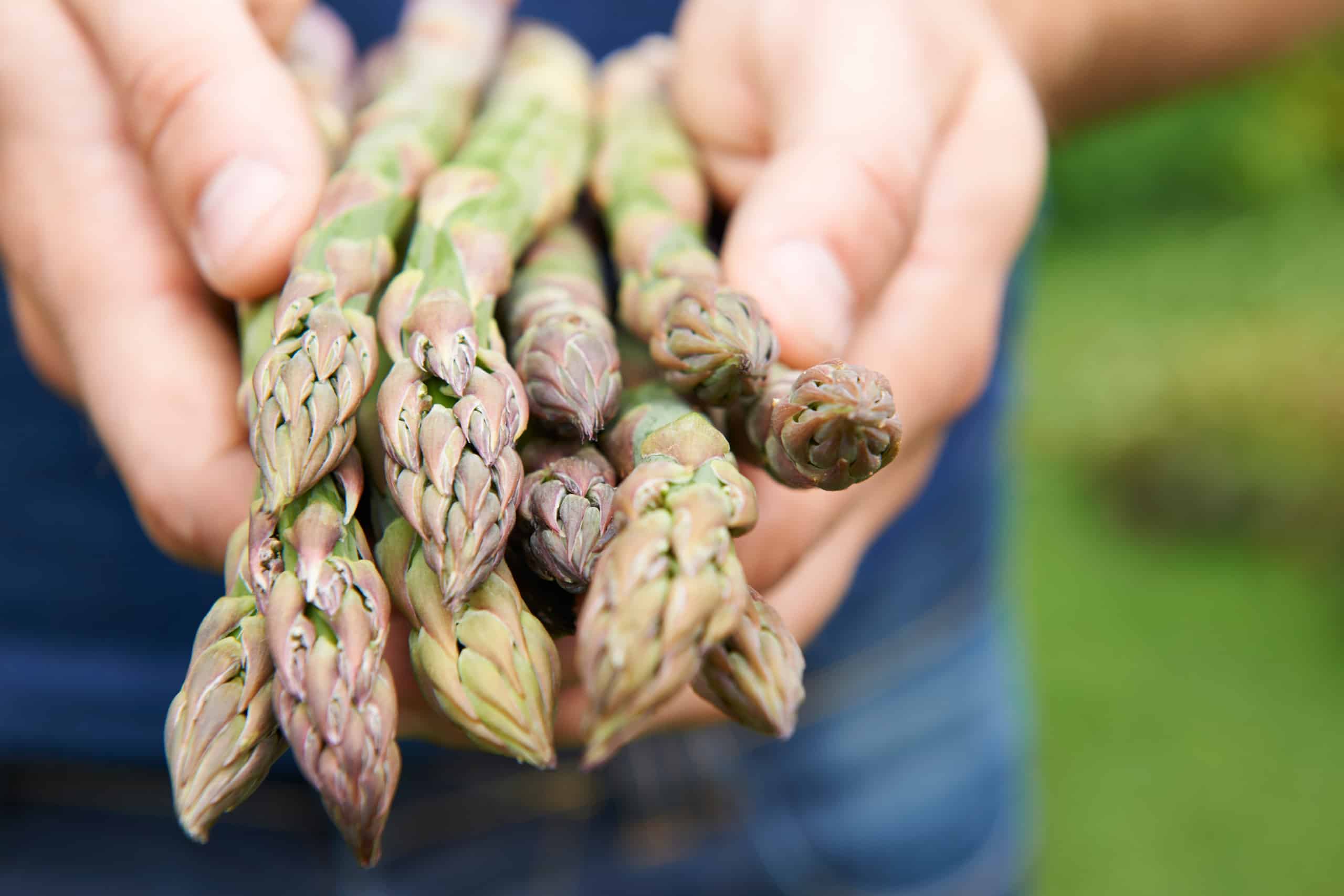
Asparagus shouldn’t be harvested for the first two years, and in the third year the spears can be harvested from April for 6 weeks. Then the years following they can be harvested from April for 8 weeks.
They are undoubtedly worth the wait and established plants will provide a crop year after year for up to 20 years!
Things to know
• Asparagus is low in calories but it’s high in nutrients. In just half a cup of cooked asparagus there is 20 calories. It also holds high levels of vitamin K which is essential for bone health and blood clotting as well as vitamins A, C and protein.
• In Germany, they pretty much only eat white asparagus which is known as ‘white gold’ or the ‘vegetable of kings’. White asparagus is grown in the dark, and it doesn’t turn green because it doesn’t go through photosynthesis.
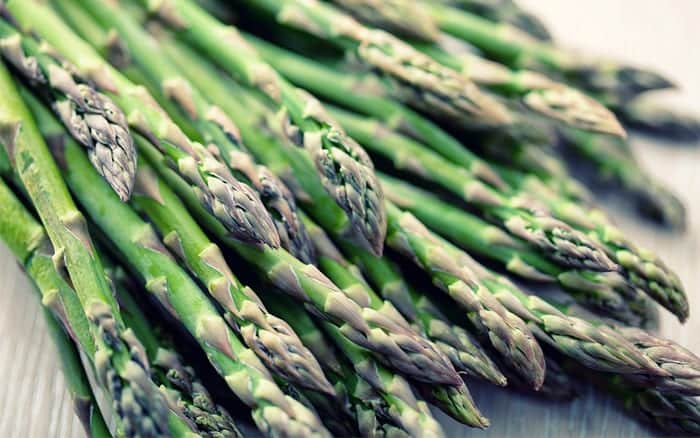
Varieties to try
‘Connover’s Colossal’ – a reliable heritage variety with large yields that has been awarded an Award of Garden Merit by the RHS.
‘Ariane’ – provides large yields of tasty, purple-tipped spears. They taste great steamed, stir-fried, or sautéed with butter.
David Domoney is a Chartered Horticulturalist, Broadcaster, and Author. David has worked with a number of the UK’s leading garden retailers as a plant buyer and strategic consultant. With more than 30 years experience, in horticulture, David is as passionate about plants now as he was when he bought his first plant at a village fete.

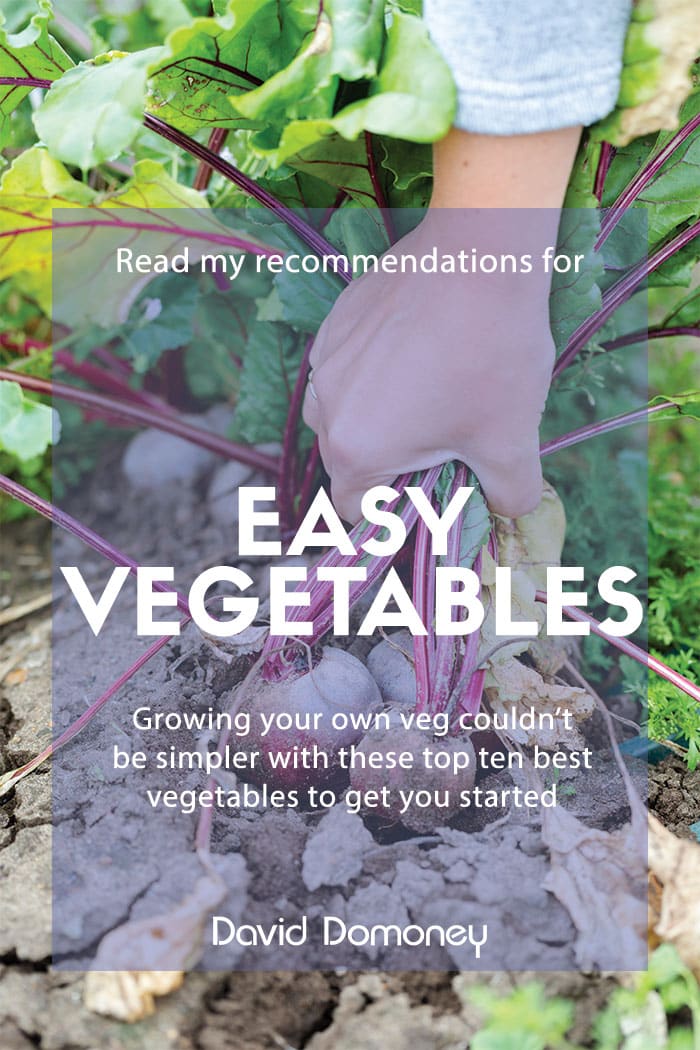


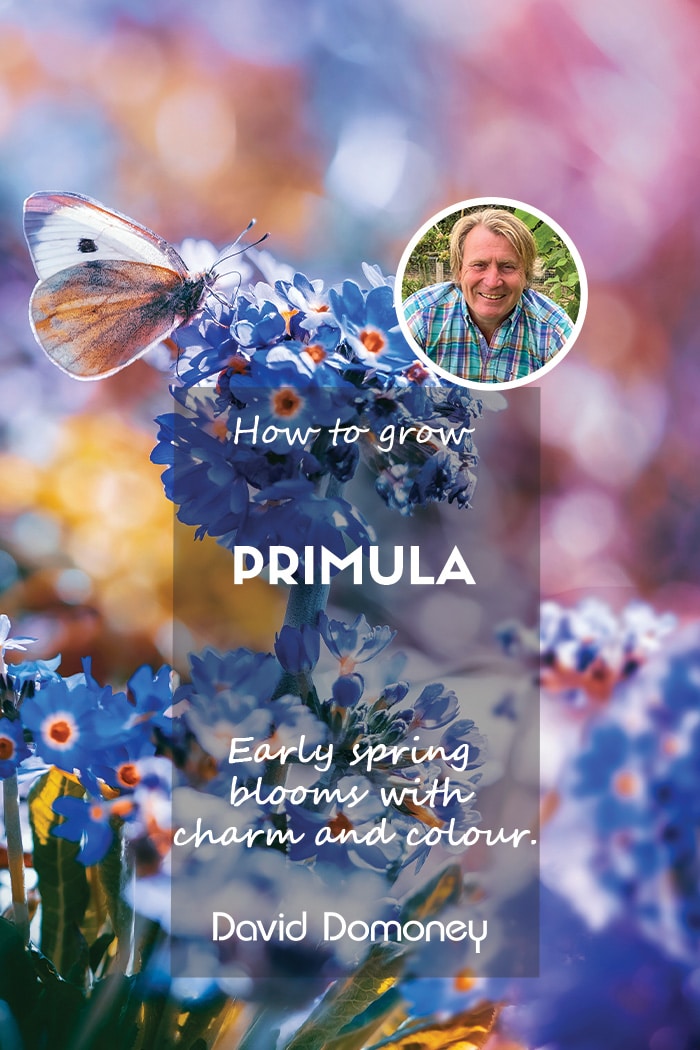


Leave A Comment